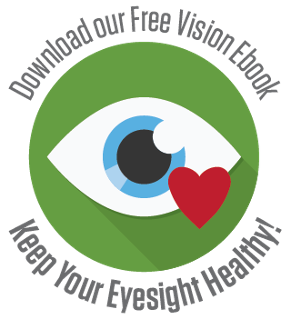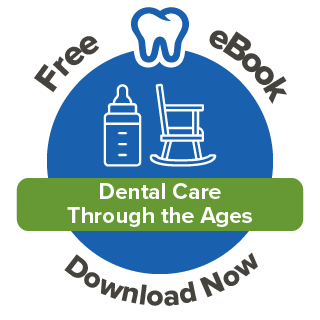By Erica Laceria on Mar 4, 2020 @ 03:50 PM
Are you an active contact lens user? If so, you will want to read this! We will be shedding light on the history and characteristics of lenses in addition to some information that can solve issues you may be having. Check out these amazing facts:
-
- The first contact lenses were made of glass – Yes, glass! Can you imagine putting a piece of glass in your eye? Neither can we! In the late 1800s, contacts were blown out of glass. With the help of some animal jelly, these lenses were applied to damaged areas of the eye. However, not everyone was able to wear contacts back in the day. These glass lenses could only be worn by people with severely damaged eyes.
- Water can harm your lenses – You may not have contact solutions handy all the time and resort to soaking your lenses in water or moistening them with your saliva to clean them. Do not! Cleaning your lenses with anything but your recommended solution can cause a build-up of bacteria and give you an eye infection.
- Daily contacts are better for your eyes – Using your lenses one time and disposing of them would be far safer than using the same lenses for two weeks or a month at a time. You reduce the risk of introducing bacteria to your eyes and other issues that can arise. In fact, dailies are only more expensive if you clean your contacts correctly. You should be soaking your lenses in solution every night and cleaning them every day before putting them in your eye. If you add up the cost of all the solutions you should be using, it turns out to be the same price or more than the cost of dailies! Crazy, huh? so keep that in mind next time you’re shopping around.
- About 125 million people worldwide wear contact lenses - Contacts are not only used for vision correction, but they also offer wearers cosmetic and therapeutic convenience. While contacts can be used as a supplement to wear glasses, some subjectively use contacts alone. This could be for a multitude of reasons, aesthetics and cosmetics being some of them. While both glasses and contacts can help you show off your style, clear, colored, or costume lenses allow users to have a bit more freedom in stylizing. Therapeutic contact lenses provide wearers relief from various ailments that may affect the eye, specifically the cornea. They can protect, support, as well as provide pain relief for injured corneas.
- The salt in your eyes causes dryness – Do you usually find it hard to blink and feel like your eyes are very dry after a day of wearing your lenses? It is completely normal! The salt in your eyes causes that dry feeling – not the fact that the lenses are dry. Your tears refresh your eyes during the day, and as the water evaporates it leaves salt in your eye and on your lens.
- Glass contacts still exist!... (Sort of) – Those glass lenses we mentioned a few points ago? Yep, they are still being used today. But, as you may imagine, they are no longer made of glass. What are now known as hard contacts, are rigid gas-permeable (RGP) lenses that are now made of plastic-like material. Eye distortion patients, especially those with distortions on the surface of their eyes, use hard lenses because the lenses do not come directly in contact with the eye. Good thing we did not get rid of those over time!
- You shouldn’t sleep with your contacts on – Just because the box says you can sleep with them, doesn’t mean you should. You run the risk of experiencing redness, soreness, and sometimes ulcers. Take a few minutes to remove them before you take a snooze.
Did any of this surprise you? We hope you learned a little something about your lenses and contacts in general. If you are looking for more information on how to keep your vision healthy, download our free e-book today!





comments